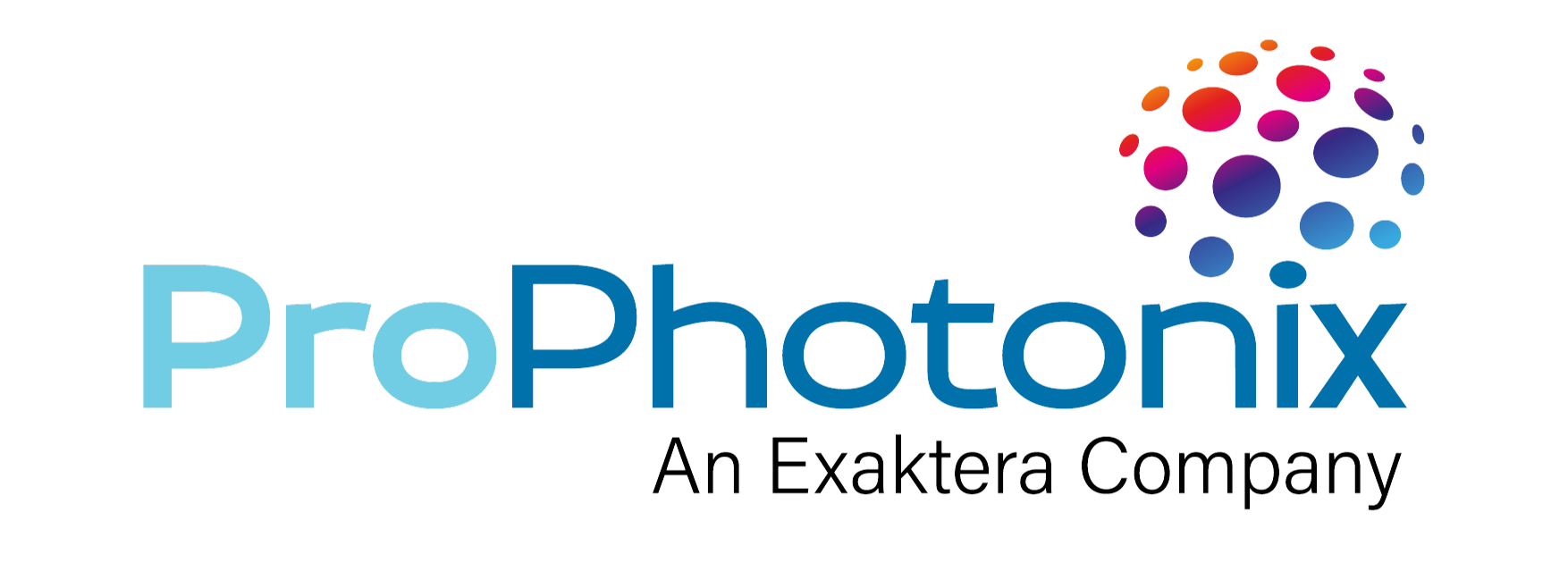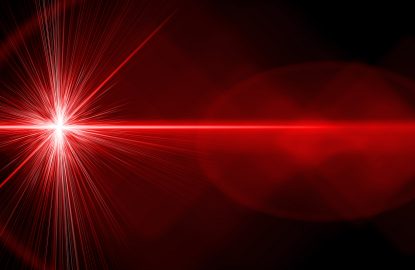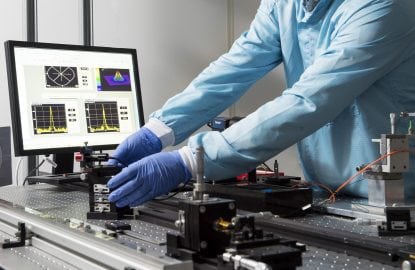Semiconductor laser modules have become indispensable in various industries, enabling a wide range of applications from alignment and material analysis to precision measurement and photochemistry. To maximize the performance of laser-based systems, the selection of an optimized laser module is a critical factor. This blog post discusses the importance of specifying the right laser module and understanding its key performance parameters for enhanced performance and efficiency.
Parameters for Laser Module Specification
When specifying a laser module, there are a number of parameters to consider. These include (but are not limited to) wavelength, operating temperature, beam divergence, spectral linewidth, boresight accuracy, beam shape, mechanical dimensions and more.
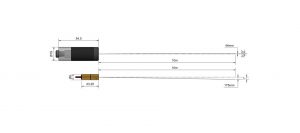
Careful consideration of specific application requirements and a deep understanding of various laser module performance parameters are essential for optimizing a laser module. When these parameters are defined and communicated clearly, they can serve as a roadmap, guiding the manufacturing, assembly processes, and testing protocols.
Laser Diode Selection
Each application has unique demands, necessitating a tailored approach to laser module specification. Picking the right laser diode is crucial in ensuring optimized system performance as it has a direct impact on both beam quality and the laser module’s lifespan. Manufacturers often state the laser diode’s operating life, but this can be maximized by overspecifying essential parameters such as the required output power level.
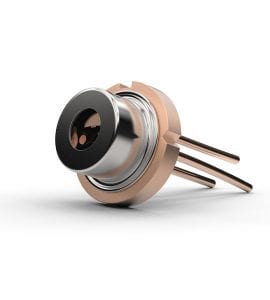
It is also important to consider how close the diode needs to be operated to its maximum operating conditions to produce the desired output, as well as factors like optical losses and excessive heat. Achieving the right balance of these factors is key to optimizing system performance and creating a long-lasting laser module.
Mechanical, Electronic & Thermal Considerations
The mechanical form of a laser module can be influenced by a variety of factors, including space constraints in the integration system. Managing the heat generated by electronics is crucial, especially at higher power levels. However, balancing performance, complexity, cost, and size is always a consideration. Thus, it is essential to carefully evaluate your application’s needs and limitations when specifying your laser module.
At ProPhotonix, we work closely with customers to understand their applications and identify necessary laser module performance specifications. We aim to manufacture high-performance laser modules that meets our customers’ requirements within their project timeline.
Learn more with our “Optimizing System Performance: A Guide to Specifying Laser Modules” Whitepaper
Selecting the right laser module is crucial for achieving optimal performance in laser-based applications. Our new white paper ‘Optimizing System Performance: A Guide to Specifying Laser Modules’ serves as a comprehensive guide, offering valuable insights for engineers and system designers into the key parameters, trade-offs, and considerations involved in specifying laser modules. Download the whitepaper here.
ProPhotonix is a leading designer and manufacturer of Laser Diodes, Laser Modules, UV LED Curing Systems, LED Products, and UVC LED Disinfection Systems. Contact us for free expert advice on selecting the optimal solution for your system.
ProPhotonix laser module range includes laser modules by beam shape including crosshair lasers, line lasers and dot laser modules. Contact us for free expert advice on selecting the optimal solution for your system.
